KultTour Transylvania
People. Architecture. Stories.
- a project made by my colleagues and I, for a course (especially to promote some of these cultures from Transylvania)
Personalities, architecture and different other stories about the Swabians from Transylvania!
- Richard Wagner (born April 10, 1952)
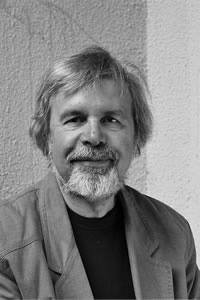
...is a Romanian-born German novelist. He has published a number of short stories, novels, and essays.
- Herta Müller (born 17 August 1953)
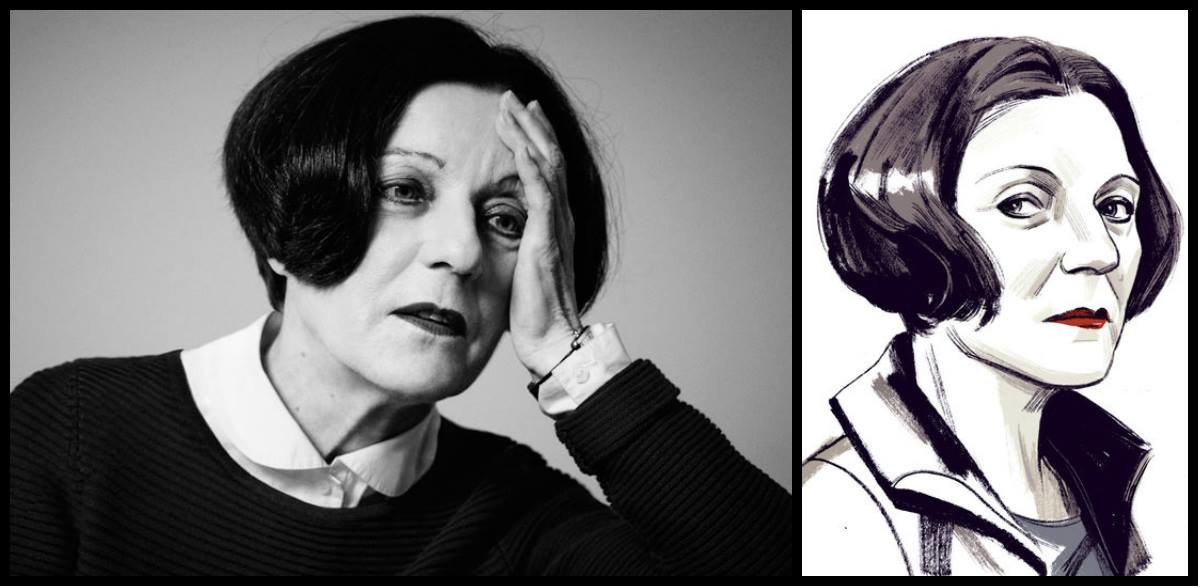
A member of Romania's German minority, like his former wife, Herta Müller, he studied German and Romanian literature at Timişoara University. He then worked as a German language school teacher and as a journalist and published poetry and short stories in German. He was also a member of Aktionsgruppe Banat, a German-speaking literary society.
In 1987, Wagner and Müller left Romania for West Berlin, to escape communist oppression and censorship in Nicolae Ceauşescu’s Romania. He still lives in Berlin.
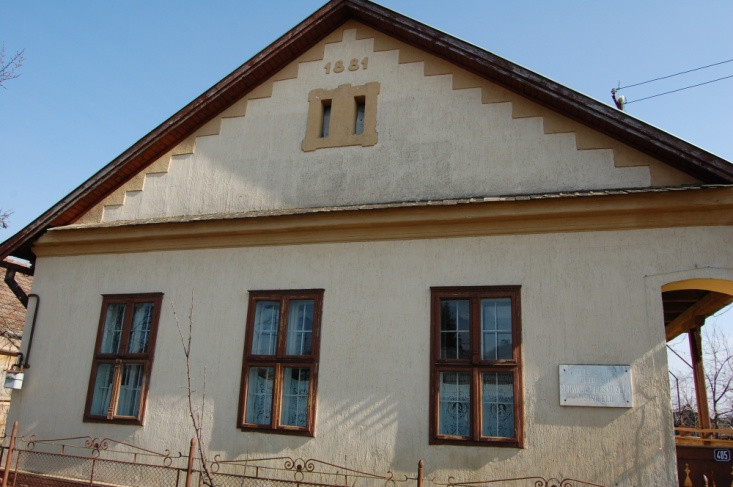
- Happy and friendly people, Swabians would usually build their houses long, with numerous rooms and in the back of their yard, they would build a huge barn, which marks until this day their households. Swabian architecture has a special feature thanks to the „ Giebelfassade “(facade) and "Flur“, the terrace which surrounds the house. Interesting is that the stable was built in together with the house and continued with the kitchen. The entrance was made from the kitchen directly to the stable, where a bed was placed for a boy from the family to sleep so that he could oversee if something happened during the night.
- The "wagon type" Swabian house was built in 1881, being situated in Petreşti, Satu Mare, made from bricks, "mortar", clay etc. Its walls are 40 cm thick, and the house in itself is 17 m long, consisting of 8 rooms. Under the kitchen once was a cellar where all the vegetables and goods were stored.
- Johann Scheffler (29 October 1887 – 6 December 1952)
...was a Hungarian-born Catholic priest in Romania and Hungary, bishop of the Roman Catholic Diocese of Szatmár (Satu Mare) and later the appointed bishop of the Roman Catholic Diocese of Győr. He was imprisoned for opposing the Communist government policies and was killed in custody in Jilava, Romania. Because of his martyrdom, he was beatified by Pope Benedict XVI in 2011. He was born in 1887 in Kálmánd (Cămin), Szatmár County, Austria-Hungary, but became a citizen of Romania after the Treaty of Trianon in 1920. He was born into a Hungarian Roman Catholic cotter family of Danube Swabian German descent. In 1942 he was elected to be the bishop of the Roman Catholic Diocese of Szatmár (Satu Mare). In November 1945, Pope Pius XII chose him to be the bishop of the Roman Catholic Diocese of Győr, but he was not installed because he preferred to stay in his Diocese of Szatmár. After the Second World War, he began to express opposition to government policies, objecting to the deportation of Germans to the Soviet Union. He appealed for the release of Alexandru Rusu, the Greek-Catholic Bishop of Maramureş arrested by the new communist regime. By 1950, all Catholic bishops in Romania had been arrested, Scheffler being among the last. He refused an offer to become a bishop in a national church subjected to the regime. He was imprisoned in 1952. He died at Jilava prison, tortured by having boiling water poured onto him.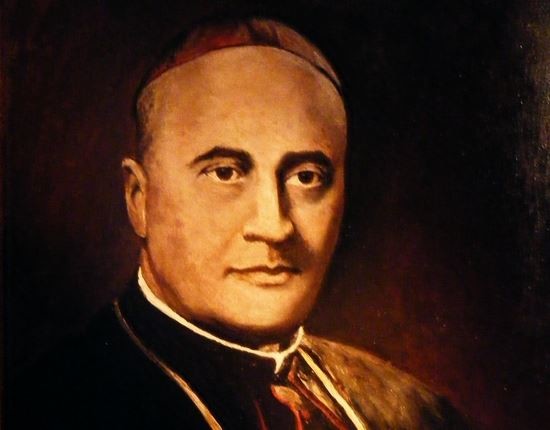
Religion, festivals and different stories about the Slovaks from Transylvania!
- Some words about the religion
When it comes to religion, the Slovaks from Transylvania are Roman-Catholics in Bihor county and Lutherans in Arad county.
A good example of the architecture of their churches is the Slovak Evangelical Church in Nădlac town, Arad county.
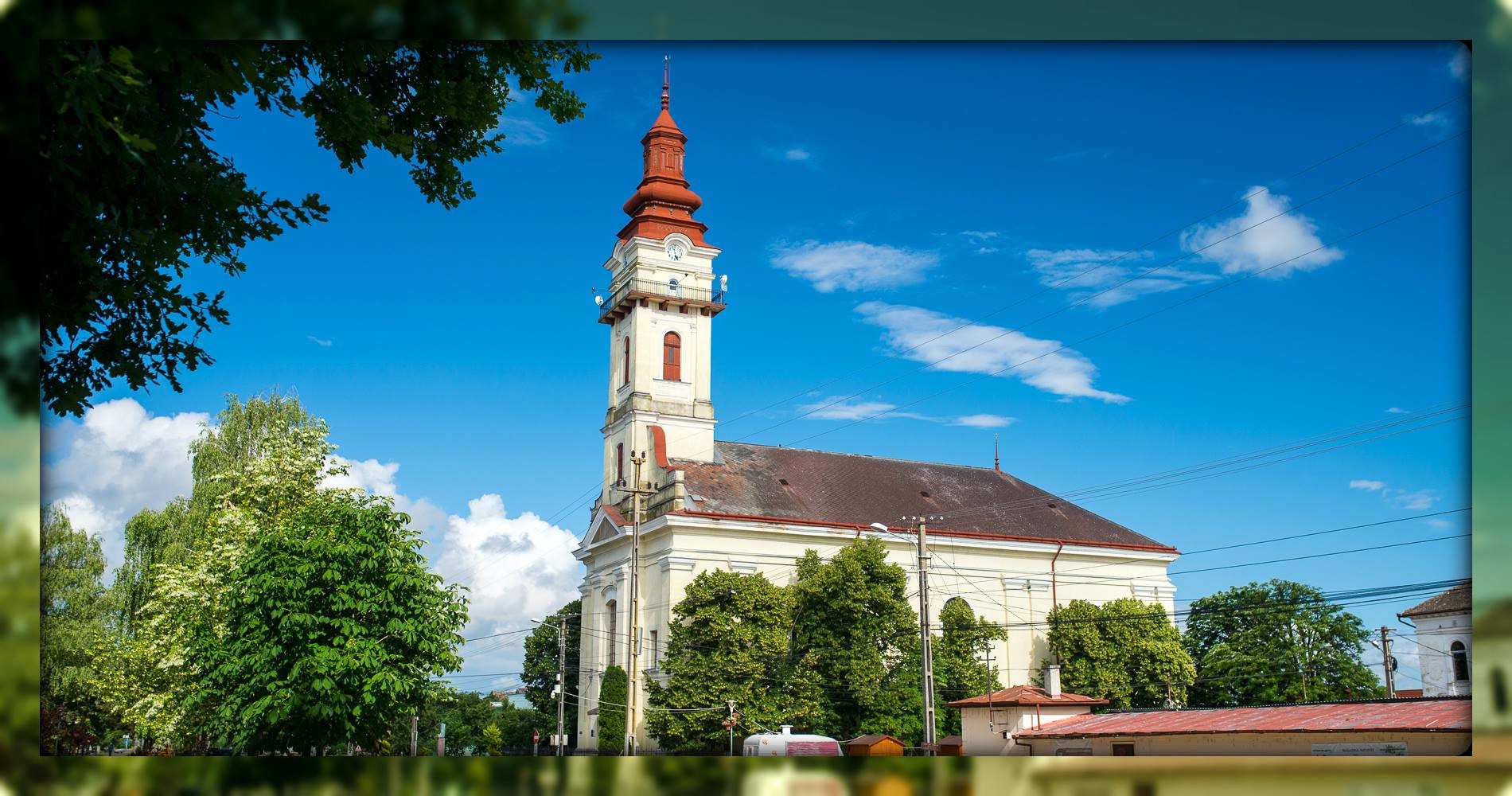
- General historical information
Slovaks and the years they came in some parts of Transylvania
The Slovaks from Transylvania represent 0.1% of the entire population of Romania. They are mostly spread in Arad and Bihor counties. The biggest community of Slovaks can be found in the town of Nădlac, Arad county. They represent 47.20% of the population (3844 people that are part of the Slovak minority). The biggest population of Slovaks in a village is in Șinteu village (Bihor County), wherein the census made in 2002, there were estimated to be 1264 Slovaks from a total of 1287 villagers.
Another interesting historical fact concerns the Slovak population from the village Valea Cerului (Sky Valley village), Bihor County. The Slovaks came here in the year of 1854. They arrived with the hope of having a better life and were given the job of cutting wood. So this was their first way of making money in this village, which now represents the administrative center of the Democratic Union of Slovaks and Czechs in Romania (Bihor county branch). In Valea Cerului, from 2004, every year on the 18th and 19th of July, is organized a Slovak festival with traditional music and dance.
Images show the flag of Slovakia and pictures from the first Slovak festival held in Valea Cerului village.
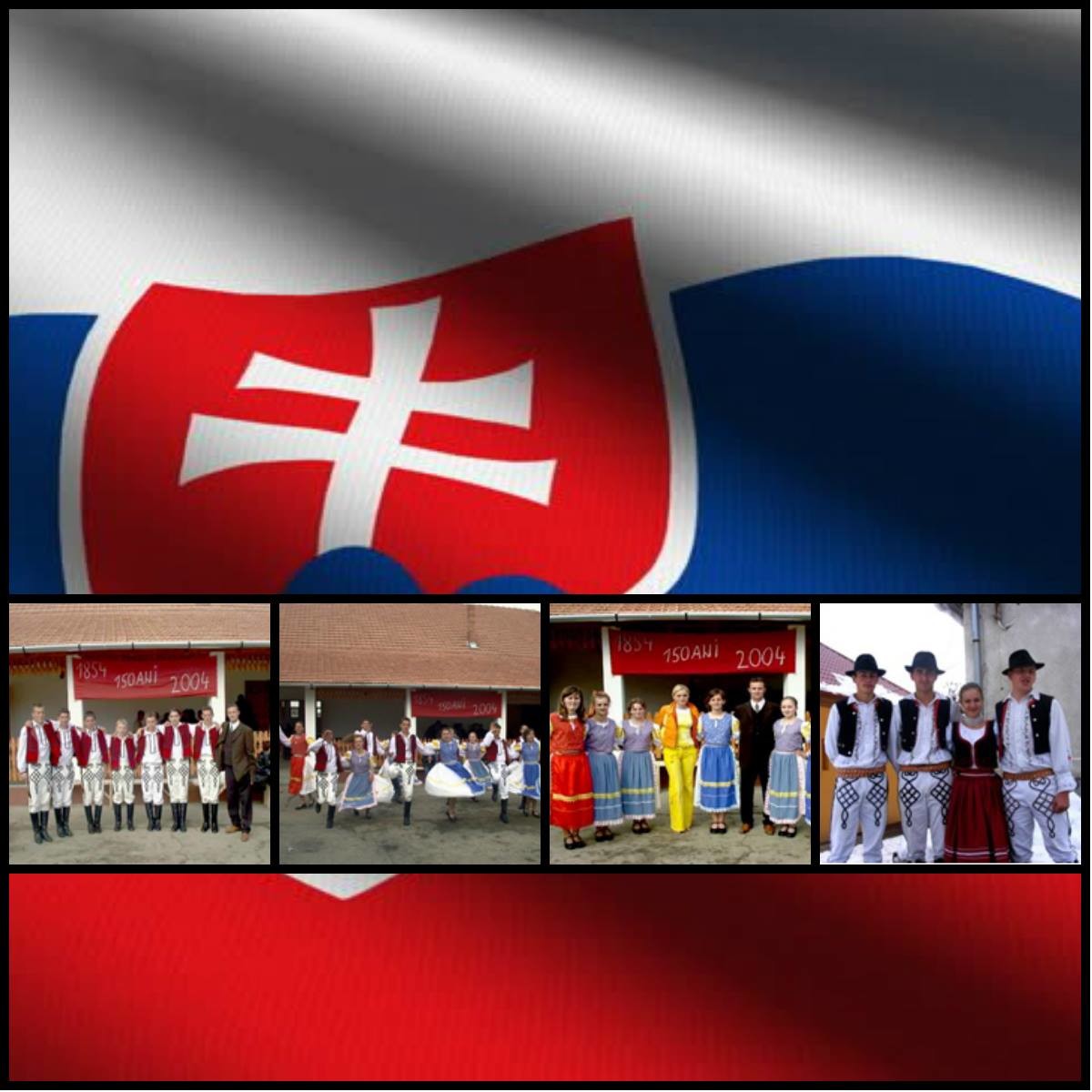
Photo gallery
Want to have your own Erasmus blog?
If you are experiencing living abroad, you're an avid traveller or want to promote the city where you live... create your own blog and share your adventures!
I want to create my Erasmus blog! →









Comments (0 comments)